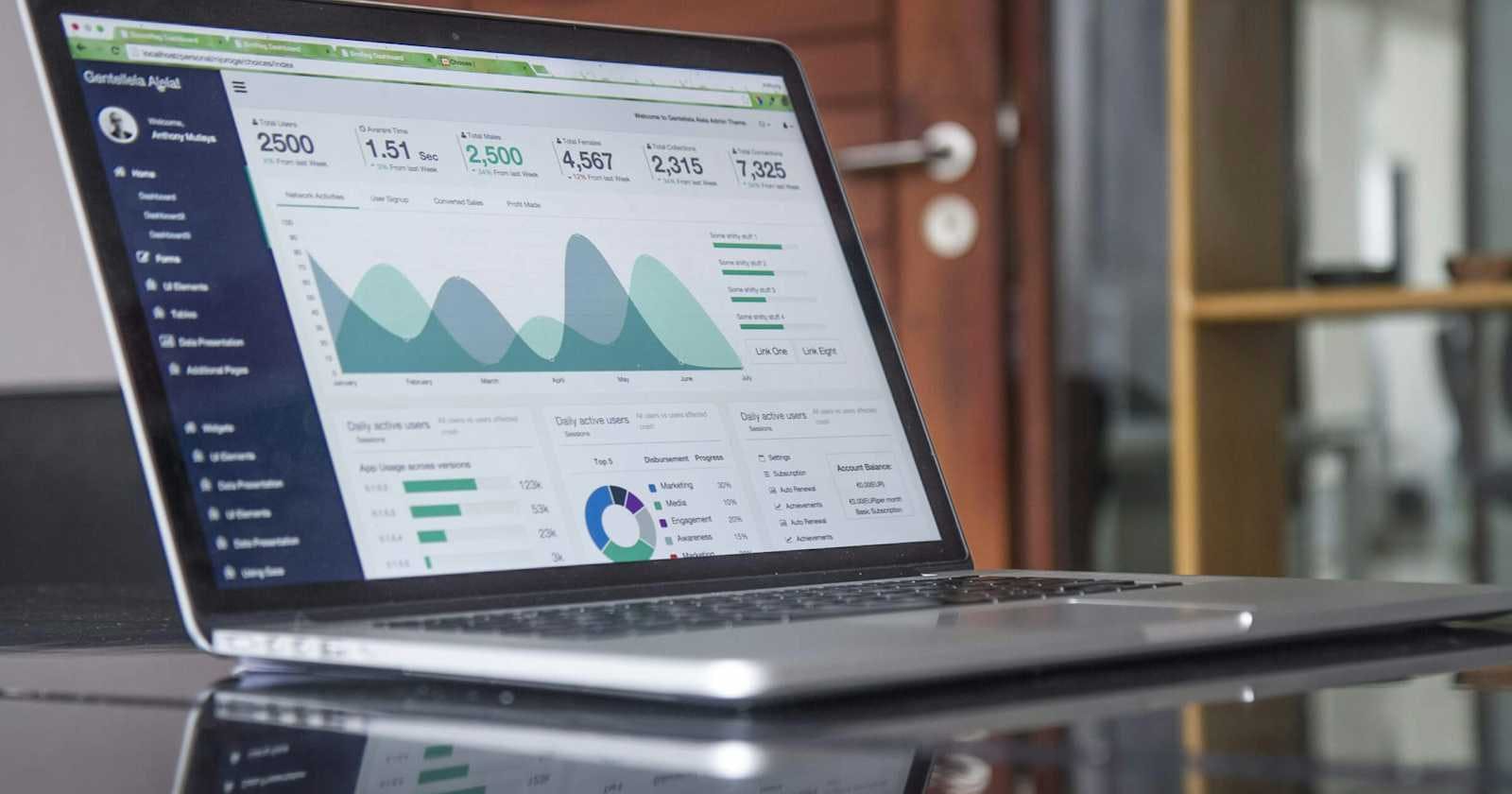In today's data-driven world, businesses and organizations are constantly seeking ways to gain a competitive edge through insightful decision-making. Predictive data analytics with R, a key component of data analytics with R, emerges as a powerful solution in this quest. In this blog post, we'll explore the realm of predictive data analytics with R, understand its significance, and why R emerges as the preferred choice for predictive analysis.
Understanding Predictive Data Analytics with R
Predictive data analytics is the practice of extracting insights from data to make informed predictions about future outcomes. By analyzing historical data and identifying patterns, predictive analytics empowers decision-makers to anticipate trends, mitigate risks, and optimize strategies proactively.
Why R for Predictive Analysis?
While there are various tools and programming languages available for predictive analytics, R stands out as a preferred choice for several reasons:
Rich Statistical Capabilities:
R boasts an extensive collection of statistical functions and packages, making it well-suited for advanced data analysis and modeling tasks inherent in predictive analytics.
Flexibility and Customization:
With R, analysts have the flexibility to customize models and algorithms according to specific project requirements. Its open-source nature allows for seamless integration with other tools and platforms.
Visualization Capabilities:
R offers robust data visualization libraries, such as ggplot2, which facilitate the creation of informative graphs and charts to visualize predictive insights effectively.
Active Community Support:
The R community is vibrant and active, providing a wealth of resources, tutorials, and forums for sharing knowledge and troubleshooting issues. This support network enhances learning and problem-solving in predictive analytics endeavours.
Scalability and Performance:
R is capable of handling large datasets efficiently, thanks to its scalability and parallel processing capabilities. This makes it suitable for handling complex predictive modeling tasks across various industries.
Applications of Predictive Data Analytics with R
The applications of predictive data analytics with R are diverse and impactful across industries:
Financial Forecasting:
Predictive analytics helps financial institutions forecast market trends, manage risks, and optimize investment strategies.
Healthcare Predictive Modeling:
R enables healthcare professionals to predict disease outbreaks, identify high-risk patients, and personalize treatment plans for better patient outcomes.
Customer Behavior Analysis:
Retailers utilize predictive analytics to anticipate customer preferences, optimize pricing strategies, and enhance customer engagement through targeted marketing campaigns.
Predictive Maintenance:
In manufacturing, predictive analytics with R aids in predicting equipment failures, optimizing maintenance schedules, and reducing downtime.
Conclusion
In the realm of data analytics with R, predictive data analytics emerges as a game-changer, empowering organizations to unlock valuable insights and drive strategic decision-making. With its rich statistical capabilities, flexibility, and active community support, R proves to be an indispensable tool for predictive analysis across various domains. As businesses continue to harness the power of predictive analytics with R, they gain a competitive advantage, driving innovation and growth in the ever-evolving landscape of data-driven decision-making.

